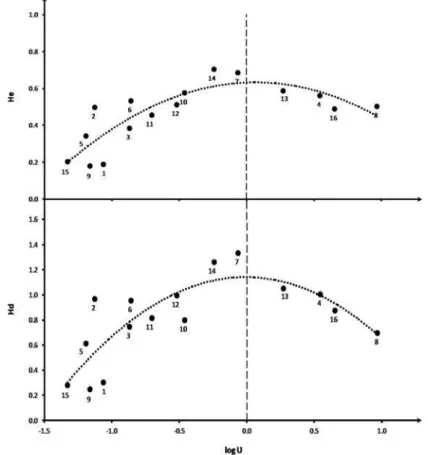Anthropogenic effects in landscapes: Historical context and spatial pattern
Texte intégral
Figure



Documents relatifs
Since they define a robust and accurate local geometry model, structure tensors have been used for years in image processing, as for image regularization [21], geometry- based [21,7]
In [Daisy et al. 2013] was proposed a method that allows reducing artefacts produced by any patch-based inpainting algorithm [Crim- inisi et al. A result image J is produced
Our spatial patch blending technique uses all the patches from which a point p ∈ Ω could have been reconstructed during the inpainting process if the filling order had been
the one developed in [2, 3, 1] uses R -filtrations to interpret the arithmetic volume function as the integral of certain level function on the geometric Okounkov body of the
(a) The easiest thing to do is to apply the algorithm from the lecture: take the matrix (A | I) and bring it to the reduced row echelon form; for an invertible matrix A, the result
(b) The previous question shows that it is enough to consider the case k, l 6 n/2, for otherwise we can replace the representations by isomorphic ones so that these inequalities
Our research showed that an estimated quarter of a million people in Glasgow (84 000 homes) and a very conservative estimate of 10 million people nation- wide, shared our
The purpose of this study is to investigate and analyze Azeri translation of English extraposition constructions involving copular verbs and followed by that–clause and